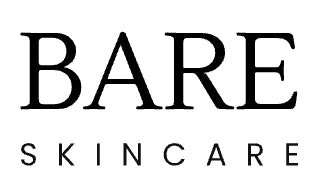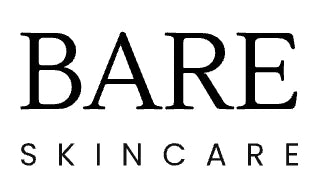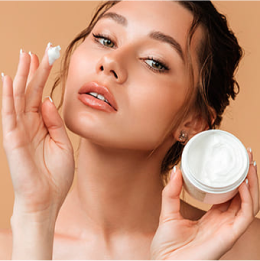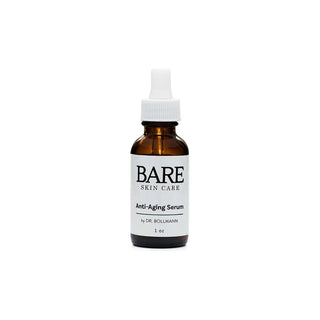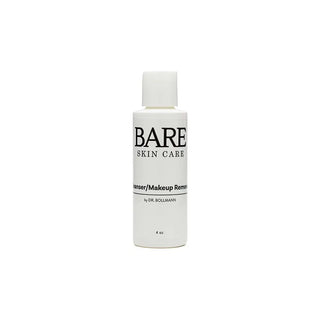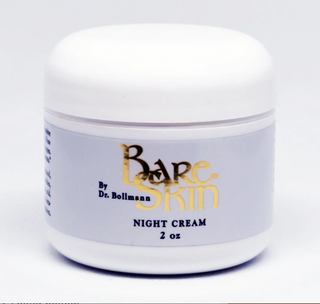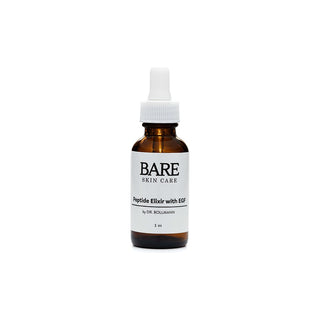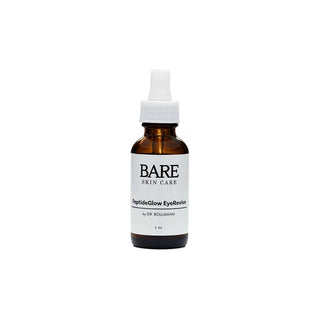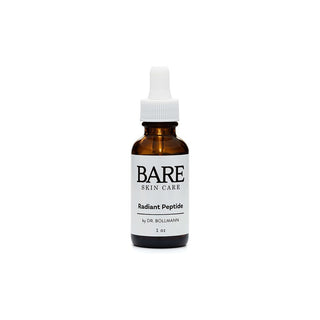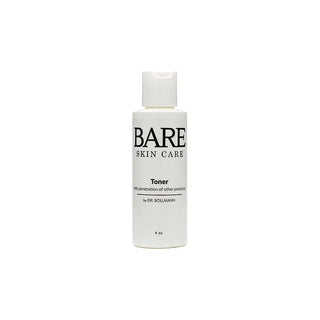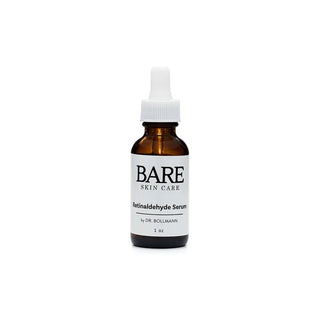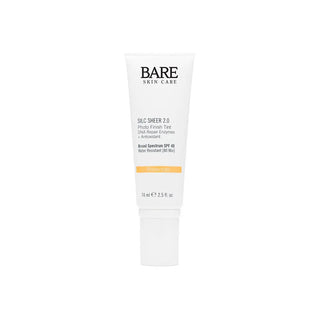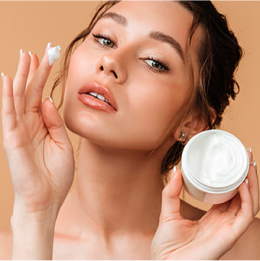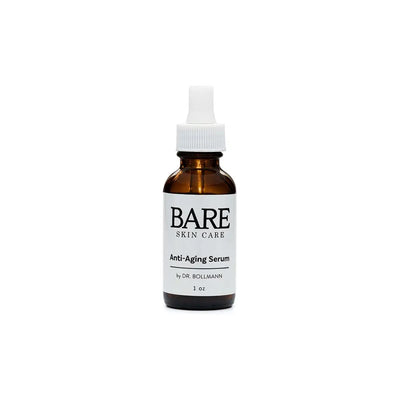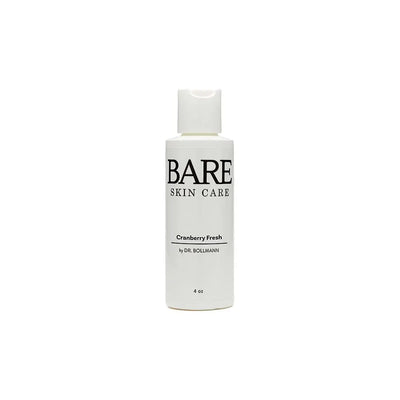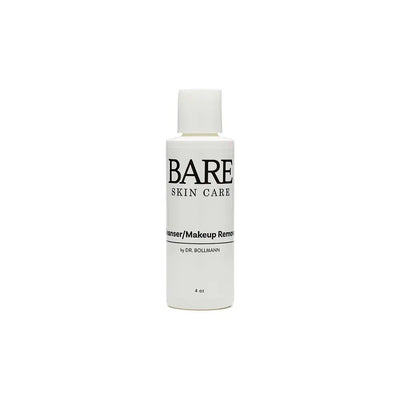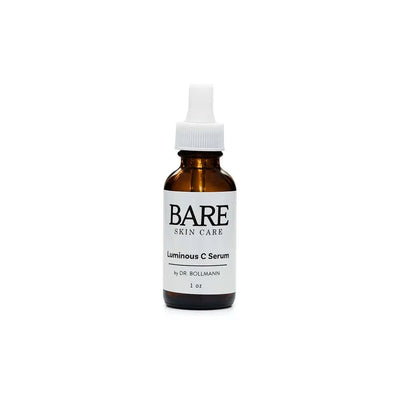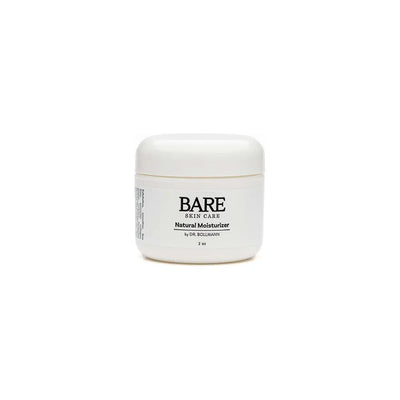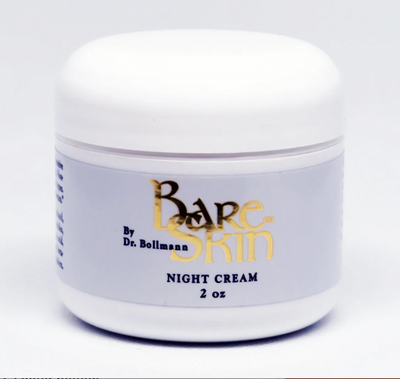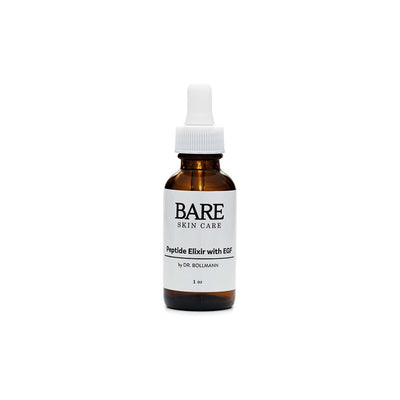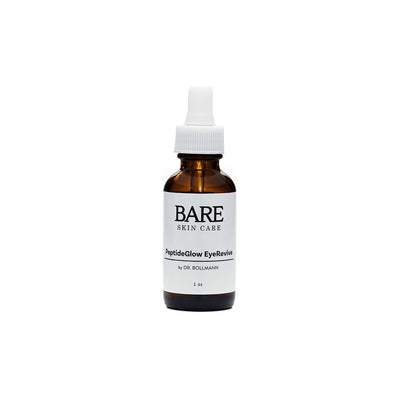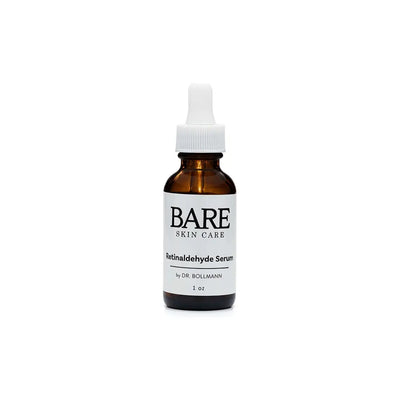What we once attributed to simple aging is now largely understood as photoaging - premature aging caused by excessive exposure to ultraviolet (UV) radiation emitted by the sun.
When I was younger no one had heard of sun block. On the contrary, we would go down to the Jersey shore and try to get as "tan" as possible. Of course, we did not get tan in one day - we got burned. Today, after having multiple actinic keratoses (pre-cancer), 7 basal cell carcinomas, and one squamous cell carcinoma removed, I wish someone had told me about skin cancer and the photo-damage that the sun causes.
Most of us do have some sun damage, and will get actinic keratoses if we have been exposed. The saying, “Too soon old, too late smart”, applies appropriately to sun bathing.
Those of us who grew up in decades past recall a time when achieving a deep tan was a sign of summer fun and leisure. Sunscreen, if used at all, was minimal. Instead, we liberally applied baby oil or iodine-based products, eager to maximize the sun's impact. Unfortunately, this pursuit of the perfect golden glow often came with painful sunburns.
Today, the consequences of these sun-filled days are becoming increasingly evident. After years of sun exposure, many of us are confronting the realities of photo-damage, marked by the appearance of wrinkles, age spots, sun spots, broken blood vessels, and rough, thickened skin. These lead to making us look older than we actually are. It’s a harsh reminder that the sun, while essential to life, also holds the potential for severe skin damage and even cancer. And as we age, trips to the dermatologist come with repeated frequency, resulting in multiple surgeries we could have avoided with a little common sense.
Photoaging: The Sun's Signature on Our Skin

Studies reveal that a staggering 80-90% of visible skin changes associated with aging are directly caused by the sun's rays. [Source: American Academy of Dermatology (AAD)]
UV radiation penetrates the skin, breaking down collagen and elastin, the essential proteins that give skin its youthful firmness and elasticity. Over time, repeated sun exposure dramatically accelerates the skin's aging process, leading to the signs we associate with getting older.
The Dangers Lurking Beneath the Surface
Beyond the cosmetic impact, sun exposure is the primary risk factor for skin cancer, the most commonly diagnosed cancer in the United States. Actinic keratoses (rough, scaly patches) are considered precancerous lesions. Basal cell and squamous cell carcinomas, the most common types of skin cancer, are directly linked to UV radiation. Melanoma, while less common, is the deadliest form of skin cancer. [Source: Skin Cancer Foundation]
Protecting Your Skin: It's Never Too Late
The good news is that it's never too late to start protecting your skin and minimizing further damage. Here are the key steps you can take:
- Sunscreen, Your Daily Defense: Choose a broad-spectrum sunscreen with an SPF of 30 or higher and apply it liberally every morning. Sunscreens do not last longer than two hours, so reapplication throughout the day is crucial, especially if you are outdoors for extended periods.
- Seek the Shade: Limit time in direct sunlight, particularly
- between 10 a.m. and 2 p.m. when UV rays are strongest.
- Cover Up: Wide-brimmed hats and sun-protective clothing offer an additional layer of protection.
- Repairing Existing Damage
- While prevention is paramount, various products and treatments can help address existing sun damage. Look for sunscreens with DNA repair enzymes, which may help reverse some of the damage caused by UV exposure. Topical retinoids can improve the appearance of wrinkles and hyperpigmentation. Sunscreen is essential for people of all ages, especially children, whose skin is more delicate. By educating the younger generation about safe sun practices, we can help them avoid the cumulative damage so many of us unwittingly experienced in past years.
As a former tennis and current pickleball player in the hot Arizona sun, the sun screen I personally use is Silc Sheer 2.0 Photo Finish Tint, a water resistant, Broad Spectrum SPF 40 WHICH DOES NOT BURN THE EYES. This will actually REPAIR the DNA damage caused by the sun while protecting the skin against further damage, significantly reducing the signs of photoaging, rejuvenating the skin and soothing irritation.
We used to think the skin changes seen (freckles, age spots, spider veins, rough and leathery skin, fine lines and wrinkles, dry skin, a blotchy complexion, actinic keratoses, and skin cancer) were due to intrinsic [chronological] aging. Now we know that these can all be attributed to sun exposure. The exposure to sunlight accounts for nearly all the symptoms of premature skin aging.
Remember, a healthy glow comes from protecting your skin, not from harming it. The choices we make today can significantly impact our skin's health and appearance in the years to come.







